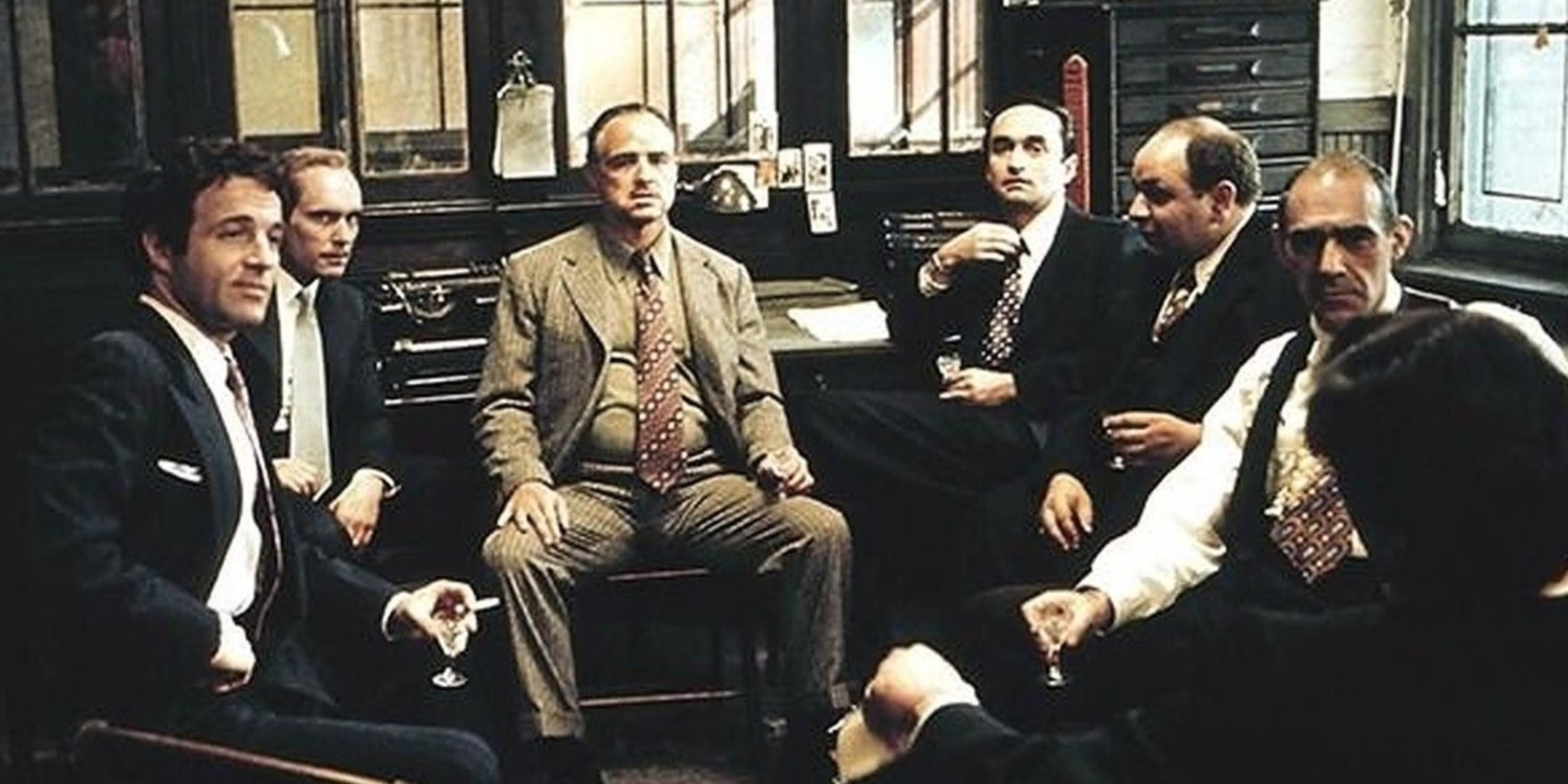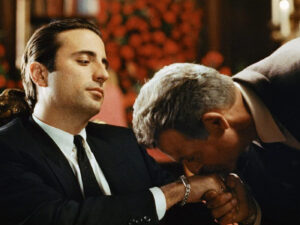
Even better than the first: ‘The Godfather: Part II’ is the greatest film ever made
Most don’t see it that way. The latest Sight & Sound poll puts “The Godfather” at No. 21 and “The Godfather: Part II” at 29. The American Film Institute puts the first film at No. 2 and the sequel all the way down to 32. Roger Ebert went from 4 stars (1972) to 3 stars (1974) and, after installing the original as one of his earliest Great Movies, waited another 11 years to accord similar recognition to the sequel.

“Part II” upends the notion of neat, singular movie criticism, among the reasons it is a landmark production. A lot of critics prefer to consider the first two films as one movie. In a way, they are. The material in “The Godfather” is sandwiched by the parallel stories in “Part II,” a concept that likely has never been attempted since. Some say “Part II” begins during the first film, when Michael confronts Moe Greene in Las Vegas. Some have observed that the second film makes no sense for anyone who hasn’t seen the first — quite possibly a valid hypothesis, if there were actually anyone eligible to test it.
It is said that the second film is about greed, that a talented man lost his soul and any connection to decency because of his remarkable success as a gangster. While Vito stood up to thugs, freed his neighborhood and reaped rewards as a result, Michael did things in reverse, measuring every relationship as a zero-sum game.
But there’s a better explanation for the second film — that charismatic leaders are virtually irreplaceable. Yes, supposedly de Gaulle and several others claimed the opposite. But when an organization succeeds disproportionately under one person, history shows it’s never the same afterwards. Splendid examples include megachurches and college sports teams and political parties. UCLA will never hire another Wooden; Duke will never get another Krzyzewski. George H.W. Bush and Al Gore would say and do the same things as their presidential bosses but wouldn’t elicit the same reactions as contenders for the same job. “The Godfather: Part II” is a blunt demonstration that the Golden Age of the Corleones is over, no matter who follows Vito.
But what a way to go out. The final 40 minutes of “Part II” are the greatest filmmaking ever accomplished. Brothers are briefly reunited with the tiniest hint that the warmth of the first film still could be recaptured before this is all over. Immediately, that whim is put to rest by a relentless revenge campaign far more disturbing than the ending of the first film. Hatred swells for Michael until Francis Coppola concludes with a look back at Michael’s decision to join the Marines, and finally, the most powerful film ending, the contemplation on the face of Michael Corleone of roughly 380 minutes of drama.
The filmmakers behind “The Godfather” insisted the work was based on research by Mario Puzo and was not reflective of Italian Americans. Who was the model for Michael Corleone? Michael must have been at least partly inspired by Aristotle Onassis, the Greek shipping magnate and world’s richest man. Onassis was not a gangster nor a killer. He was a dubious businessman of enormous wealth who attempted to buy legitimacy, which for Onassis could be measured by the caliber of celebrities who would sail on the Christina O yacht. Onassis may have gone unnoticed by Americans and Hollywood producers except that, just as “The Godfather” (the novel) was coming to fruition, he persuaded the world’s most eligible prize, Jacqueline Kennedy, to marry him, superseding the previous top rung on his ladder, Maria Callas.

Onassis falls somewhere between the birth dates of Vito and Michael Corleone; his life parallels both. Born in 1906, he grew up in the Aegean city of Smyrna, his father prosperous. When Turkey claimed Smyrna in 1922, the young Onassis fled to Argentina. He created an import-export business and supposedly made a fortune in tobacco, then built a shipping line and moved to New York, then entered the hotel business in Monaco where, unlike the Corleones in “The Godfather,” he was pushed out of town by Rainier.
While Al Pacino is far more handsome than Onassis, notice the similarities. Not in the first film, but the second. It is the eyes, not so much the nose or mouth. In some photos, Onassis has a side part; in others, his hair is slicked back, much like the differences in the look of Michael Corleone at his Tahoe ranch and then during his trip to Cuba.